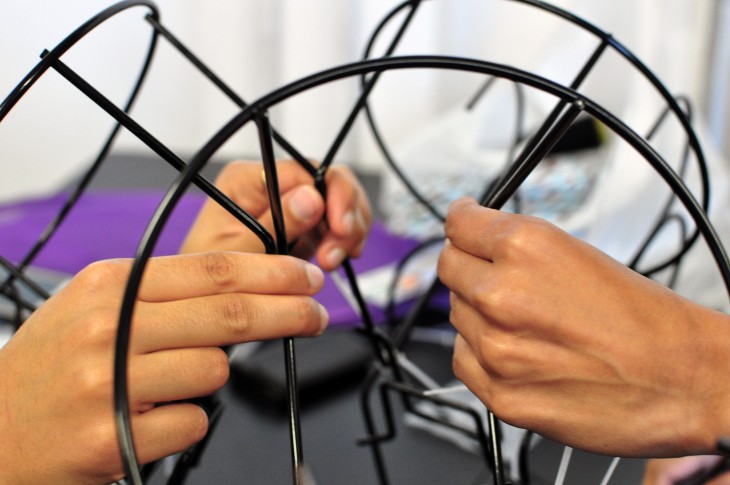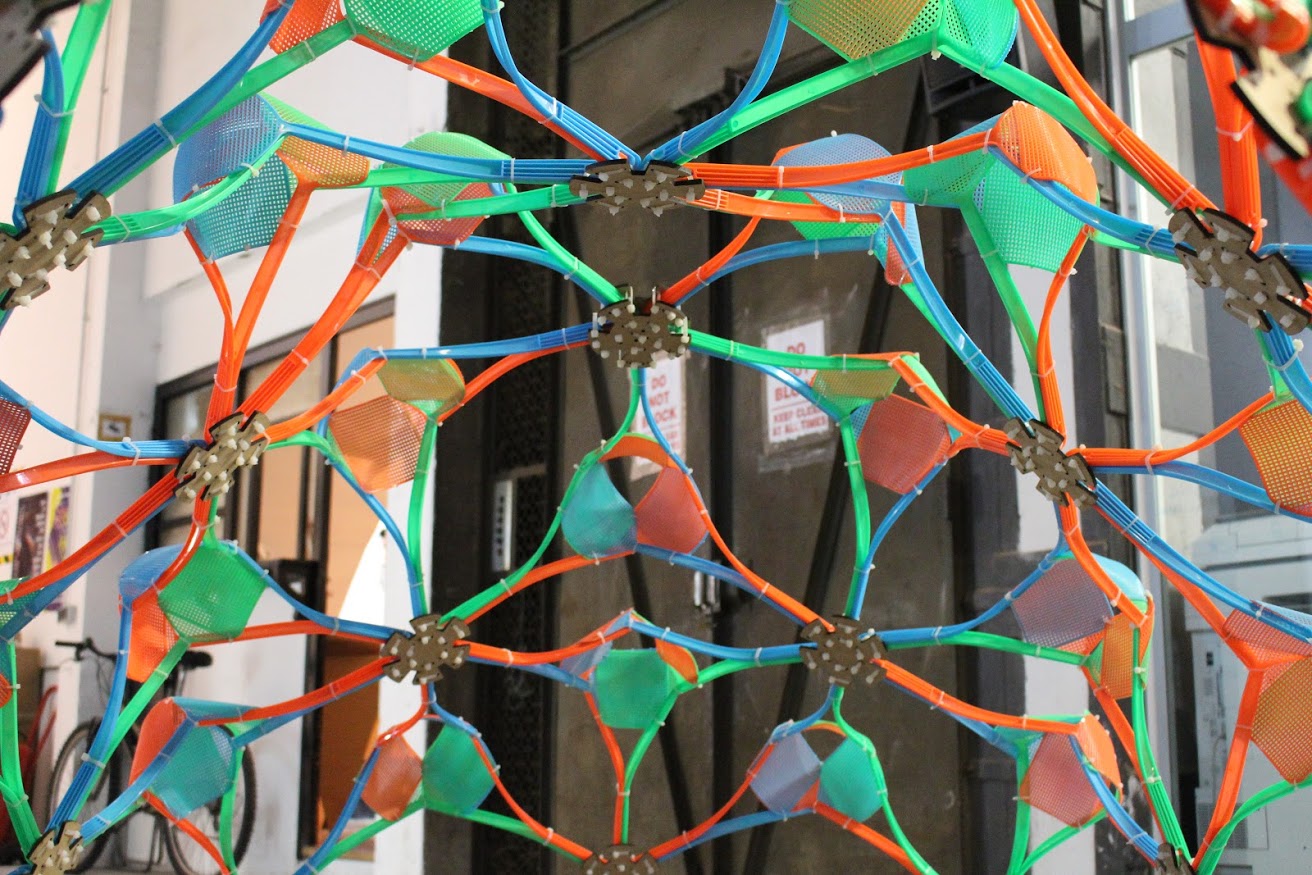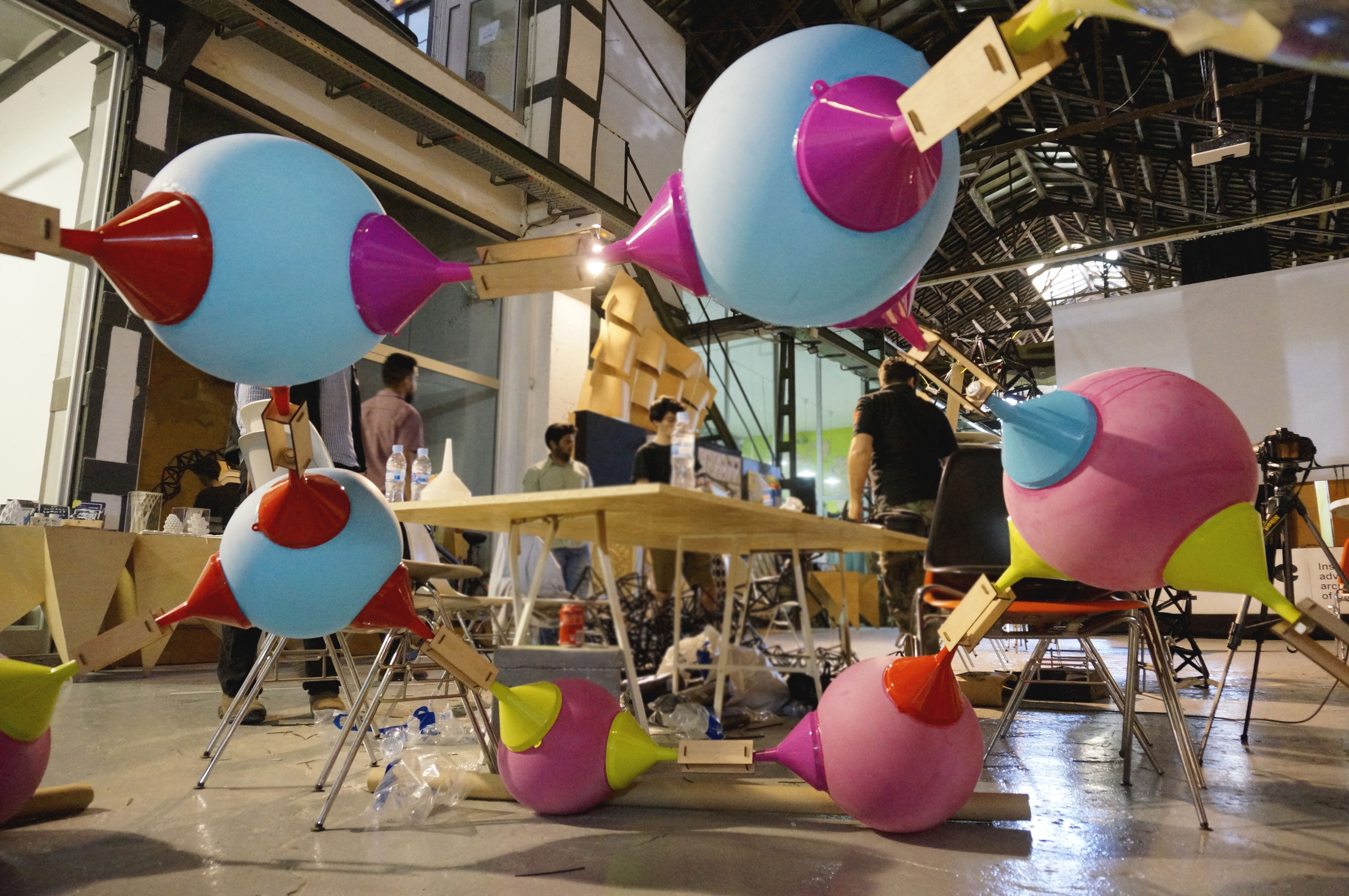MAA Lightweight Structures Seminar – Final Presentations
The way humans and animals build their dwellings is highly conditioned by the limited available resources in a certain environment: a key point of the success of a certain species is based on adaptability, considered as the capability to cover the basic necessities for survival, taking the maximum advantages of what it’s there.
Based on the idea of adaptation to a limited resource environment the seminar Lightweight Structures, led by Silvia Brandi as senior faculty and Rodrigo Aguirre as computational expert, was oriented to explore the possibilities of imagining and building the dwelling of an hypothetical post consumistic era, by taking advantages of whatever material will be left available.
The Master in Advanced Architecture‘s students have been working on the concept of component, exploring the structural possibilities hidden within each basic element in order to build a series of one-to-one structures, designed after manual testings and digital simulations.
The first session of the seminar took the students to local bazars, to gather materials – plastic hoops, pot holders, funnels, fly swatters, straws – which could potentially be used as an hyper-components of their lightweight structures.

Joining the Pot-holders Components

Elastoraptor_Flyswatter Pavillion
The students understood the parametric properties of those primitive components and later, with the help of algorithmic tools such as Grasshopper, parametrically controlled their designs. By introducing recursivity procedures with Anemone, the students designed complexity through multiple loops to regenerate and create an adaptive design growth system.

[FUN]nel Under Pressure
Learn more about the master program by clicking here.
